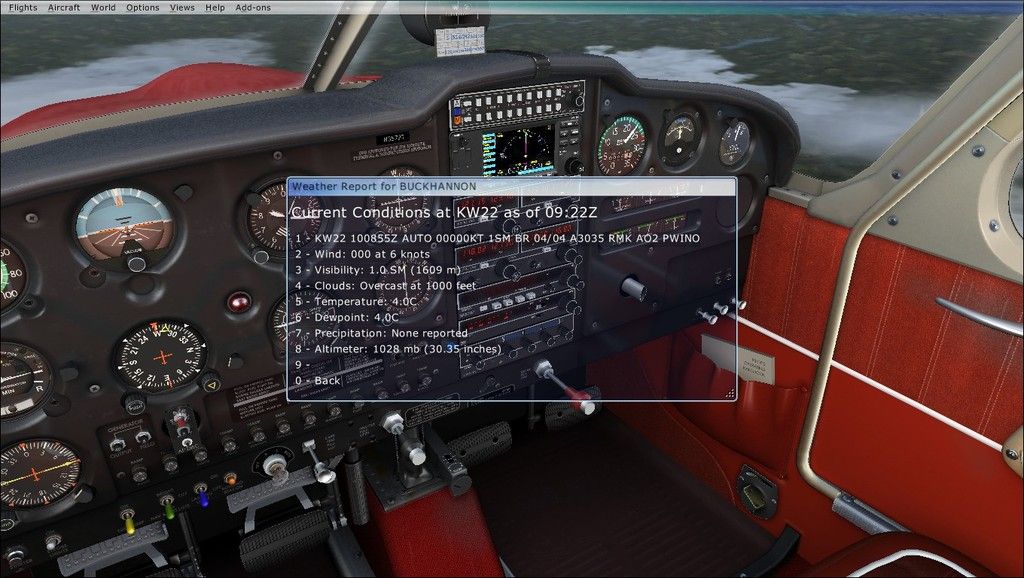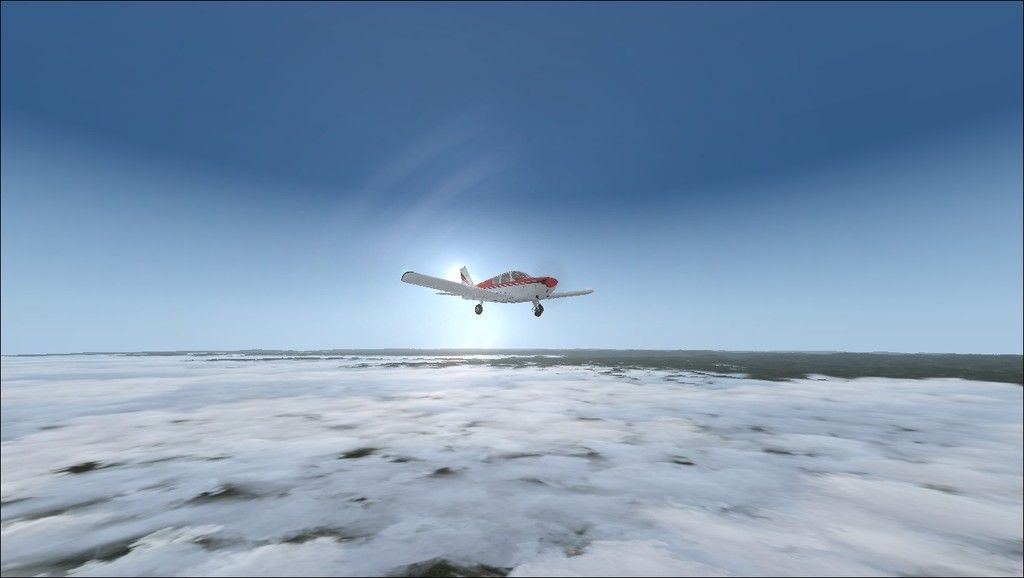Credit where it's due, someone linked to this in another thread re: carburetor heater (I think Nick).
A good read . .
http://www.pilotfriend.com/training/fli ... b_heat.htm
What I've got out of all this, as it applies to this plane:
* check carburetor heater at run-up before takeoff.
* be ready during climb for using carburetor heater.
* during flight, monitor drops of altitude (via drops of RPM) for applying carburetor heater.
* I will add checking weather conditions

to my routine.
* because of my general atmospheric conditions, mountainous, humid, and cold, apply carburetor heater during decent (before landing) - since I would've turned on fuel pump during decent, this is a good time to turn on the carburetor heater, and likewise, turned off fuel pump once landed, turned off carburetor heater.
Noted: 100%, as partial usage under certain conditions could make the problem worse, thanks.

